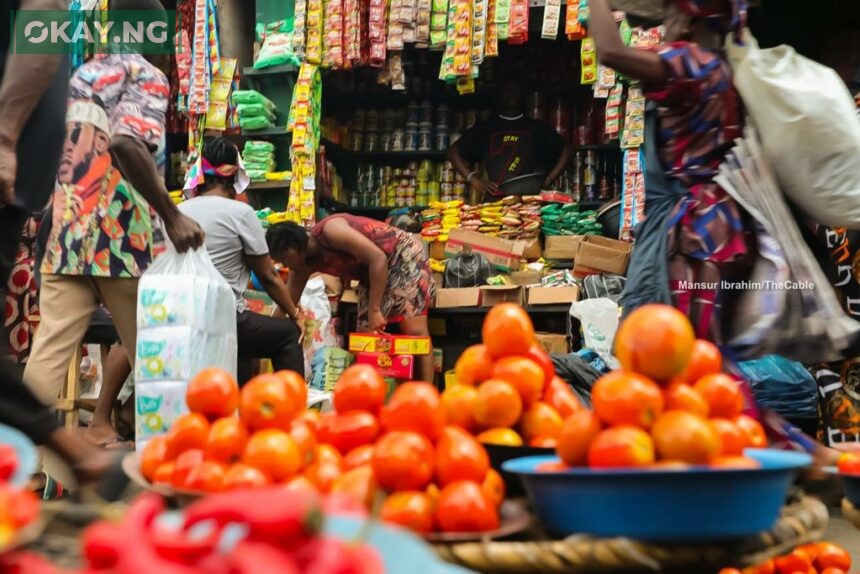The National Bureau of Statistics (NBS) has revealed that Nigeria’s food inflation rate surged to 40.66% in May, marking a significant increase from the 24.82% reported in the same month in 2023.
This represents a notable jump of 15.84 percentage points year-on-year.
The NBS attributed the spike in food inflation to the rising prices of essential foodstuffs such as semovita, oat flakes, yam flour, garri, and beans. Other contributing items include Irish potatoes, yam, water yam, palm oil, vegetable oil, stockfish, mudfish, crayfish, beef head, live chicken, pork head, and bush meat.
This escalating food inflation has caused widespread concern across the nation, exacerbating the economic strain on many Nigerians. It was one of the key factors behind the two-day strike by organized labor on June 3, which called for an increase in the national minimum wage to help citizens cope with the rising cost of basic food items.
Significant disparities in food inflation rates across different states and the Federal Capital Territory (FCT).
In May, Kogi, Ekiti, and Kwara states experienced the highest year-on-year increases in food inflation, reaching 46.32%, 44.94%, and 44.66%, respectively.
Conversely, Adamawa, Bauchi, and Borno states saw the slowest increases, with rates of 31.72%, 34.35%, and 34.74%, respectively.
Food Inflation Rates Across States and FCT in May:
- Kogi: 46.32%
- Ekiti: 44.94%
- Kwara: 44.66%
- Osun: 44.57%
- Edo: 44.46%
- Enugu: 44.42%
- Imo: 44.32%
- Cross River: 44.24%
- Abia: 44.02%
- Akwa Ibom: 43.83%
- Gombe: 43.73%
- Oyo: 43.26%
- Ebonyi: 43.23%
- Lagos: 43.02%
- Jigawa: 42.56%
- Bayelsa: 42.29%
- Sokoto: 41.69%
- Rivers: 41.61%
- Ondo: 41.30%
- Ogun: 41.26%
- Kaduna: 41.00%
- Kano: 39.96%
- Niger: 39.92%
- Delta: 39.35%
- Plateau: 39.16%
- Anambra: 38.96%
- Zamfara: 38.93%
- Kebbi: 38.51%
- Abuja: 38.38%
- Nasarawa: 37.70%
- Benue: 37.64%
- Katsina: 37.54%
- Yobe: 37.44%
- Taraba: 36.06%
- Borno: 34.74%
- Bauchi: 34.35%
- Adamawa: 31.72%









